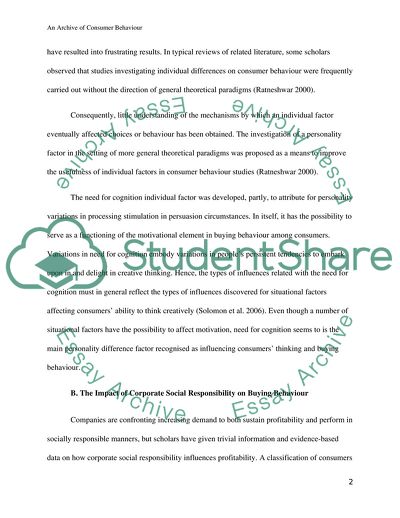Cite this document
(The Observation of Consumer Behaviour Coursework - 2, n.d.)
The Observation of Consumer Behaviour Coursework - 2. Retrieved from https://studentshare.org/marketing/1724019-consumer-behaviour
The Observation of Consumer Behaviour Coursework - 2. Retrieved from https://studentshare.org/marketing/1724019-consumer-behaviour
(The Observation of Consumer Behaviour Coursework - 2)
The Observation of Consumer Behaviour Coursework - 2. https://studentshare.org/marketing/1724019-consumer-behaviour.
The Observation of Consumer Behaviour Coursework - 2. https://studentshare.org/marketing/1724019-consumer-behaviour.
“The Observation of Consumer Behaviour Coursework - 2”. https://studentshare.org/marketing/1724019-consumer-behaviour.


